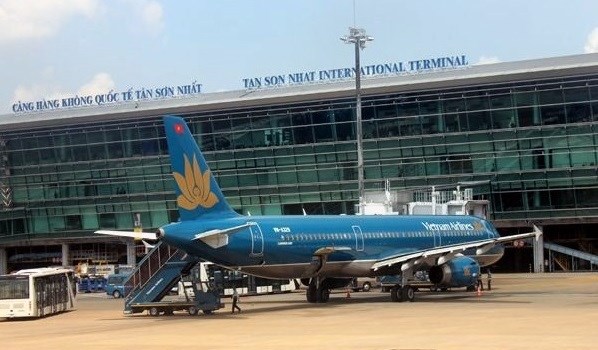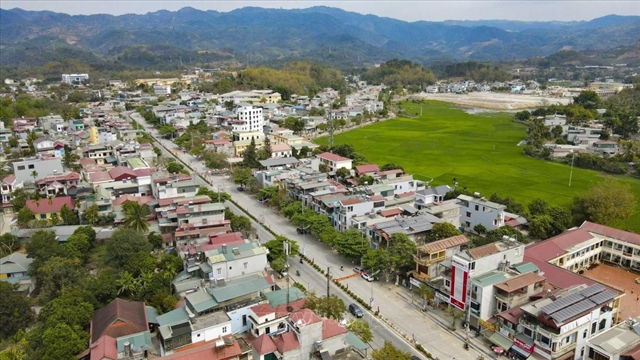 Economy
Economy


|
| A Vietnam Airlines aircraft at Tân Sơn Nhất international airport in HCM City. The aviation sector is expected to fully recover by the end of 2023. — VNA/VNS Photo |
HCM CITY — The Vietnamese aviation sector is expected to fully recover from the impact of the COVID-19 pandemic by the end of 2023 with an estimated 80 million passengers and 1.44 million tonnes of cargo to be transported by air this year, according to the Civil Aviation Authority of Việt Nam (CAAV).
According to the global outlook for the aviation industry by CAAV, the amount of passengers and cargo transported by air in Việt Nam this year will be up 45.4 per cent and 15 per cent from last year, respectively, or up 1 per cent and 14.8 per cent from 2019 before the pandemic broke out.
Việt Nam saw a full recovery and recorded strong growth in the domestic aviation market in 2022, while its international market is expected to reach the level recorded in 2019 by the end of 2023.
However, there remain huge hurdles for the sector, including limited aviation infrastructure, fluctuation of fuel prices, human resource shortages, and the Russia-Ukraine conflict, which will continue to have a negative impact on the industry this year.
In addition, there are only a few large airports in Việt Nam, all of which have very limited capacities.
Domestic airports served 9.8 million passengers in January, up 13.8 per cent from the previous month, including 2.3 million international arrivals, a rise of 10 per cent, according to CAAV.
Vietnamese airports handled 112,000 tonnes of cargo in January, up 11.6 per cent from the previous month, according to the authority.
Around 34 million passengers from Việt Nam are expected to travel overseas this year, triple the number of last year, according to analysts at CAAV.
Though China has already resumed travel and economic activities with Việt Nam, it will take longer than this year for the aviation sector to recover to pre-pandemic levels, experts said.
The IATA predicted a recovery of 80 per cent and 95 per cent in the number of international passengers and domestic passengers, respectively, compared to the pre-pandemic period.
The Asia-Pacific region is expected to recover slowest, according to the association. — VNS




